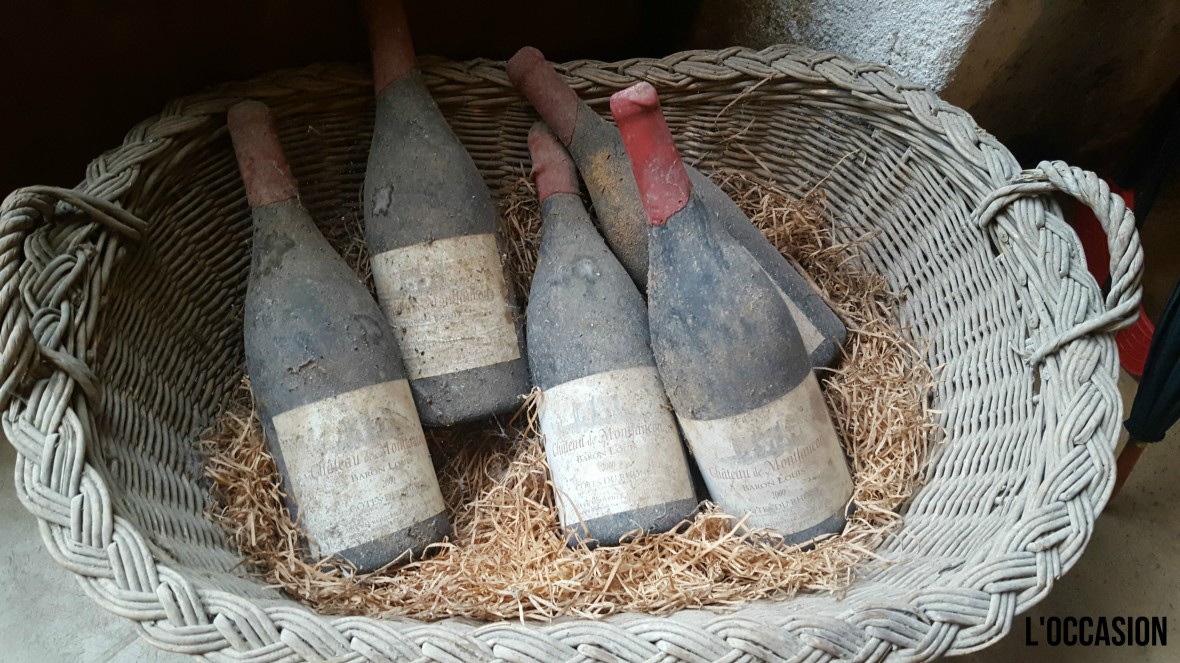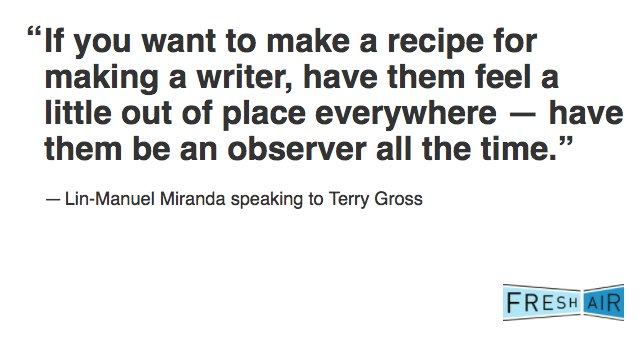Poised.

That’s what we are. We’ve got 2016 buckled to our backs and 2017 about to pop. Does a new year mean anything to you? Or is the completion of a past year more meaningful as a milestone? I’m in the mix, I always stand looking back (and gushing that it has gone too fast) but also looking ahead (alert to the manifestations that await).
The complicated beauty of writing about wine is that the balance of time is the message in the bottle. Each day brings a bit of erosion and a touch of age…each day also brings maturity and the scale of care. Wine, in all forms, patterns life. Those of us that choose to write about it are often mesmerized by our subject, and this can cause (for me at least) as sense of astonishment that our planet can produce such abundance, beauty, creativity and attunement. And the people, oh the talent and dedication and generosity. Each step of the wine-making process is sheer husbandry and nobody said it would be easy. And it isn’t.
So in a year where wine taught me enough to last a lifetime, I bring you this bit of honesty and guidance from two wine writers, Cathy Huyghe and Susan H. Gordon. I met these women this fall, when together we were welcomed into the Crus of the Southern Rhône Valley. Upon return we asked ourselves: what did we learn there? What lessons will we take into 2017 from our travels and conversations?
You might be surprised that we mention nothing of hot-buys and trends. Nothing of rising stars and has-beens. No over/under price scaling and no lists. Take what you want from the advice of authors and travelers and let 2017 be the year of understanding, of listening, of noticing and, for me, another year of writing it all down. Every single memory.
Here you have it: Lessons for 2017. Wine writer edition.
Cathy Huyghe
I admit it. French women intimidate me.
I’m intimidated by the media-ready image of French women, that is. The perfectly accessorized, perfectly pulled-together one. The one that commands respect even (or perhaps especially) as French women age. The one that acts decisively and certainly, without an abundance of obvious compassion.
The irony is that these are also the reasons why I so admire French women. What’s intimidating is also, in my view, inspiring. Taking care, every day, of their appearance. Knowing what they want, and how to get it. And refusing to have their opinions dismissed or set aside.
This second perspective — of admiration — is what I’ve come to understand better in 2016 as I’ve come to know more French women individually, more women who, though they might at some level reflect the media-ready image, enact that style and liveliness in a highly nuanced, personalized, and surprising way.
I’d like to sketch my impressions of three of those women, in order to illustrate the lesson I’ll take with me into 2017: they inspire me to respond to life. It’s the kind of alive, vivacious responsiveness that requires an acute awareness of people, dynamics, and energy. It requires adaptability, yes, but an adaptability that’s based on a fundamental appreciation for herself and who she is in the world. That last bit, perhaps, is the nugget of what comes across as intimidating. But after this year in particular, I think it’s time to reassess the difference between intimidation and self-knowledge, without fear of expressing it.
Responding to life, as I’ve seen in these three women, means not pretending that everything is always just fine. (It isn’t.) It means that smoothing ruffled feathers isn’t necessarily a top behavioral priority. It means being here, right here at this moment, doing exactly what needs to be done right now even when it’s uncomfortable.
Each of these women could have books written about them, or they could inspire novels. There are plots, and a narrative arc, and trajectories to their lives. Like any good plot, there is tension and drama, rising action as well as plateaus and depressions. They are in the thick of it, in the midst of all of those contours and textures like wales of corduroy.
That’s the beauty of a life responsively lived.
SABINE THOMPSON, Domaine de l’Ameillaud in Cairanne
JULIE PAOLUCCI, Domaine de Luminaille
CHRISTINE SAUREL, Domaine de Montirius
Susan H. Gordon
On an early morning made more tortuous by jet lag, we walked to Domaine Fenouillet’s Beaumes de Venise mountain vineyards, trampling the stony sides of the Dentelles range that looms over much of the Southern Rhone. First, we were on our way to an old stone chapel. Built upon a landing at the bottom of the gleaming white sheer stone ridges that are these mountains’ most recognizable parts, pushing up like teeth from their forested-mountain gums, the church crowns the highest sites here, looking over the valley below.
The climb is breathtaking, and a push we needed to start the day.The chapel’s rocky walls gather and reflect back the day’s first sun rays but inside, stark, rocky, and dimly lit, another feeling gathers force, that of centuries of timeless devotion and of more time-sensitive changes wreaked by nature and people on the mountainside itself. Against the clear, cool outside, its air is rich, soft, dense. Devotional, or simply remember-me, objects left by past visitors are gathered on the small altar, a refuge from light, too.
When I step back out into the morning air, the older but no less sturdy mountains now seem more lively. And all that’s around us is now easier to see. Overhead, high up along the white rock outcrop, a small lone mountain climber has been scaling the expanse, slowly, slowly contemplating his next action, his climbing apparatus affording him minutes to think about each move on his way to the top on this start to an autumn Wednesday morning. Where he is seems quieter, as if time had turned from its reliable line to stretch and loop instead, and out of step with our kind of concentration on the ground. We’re here to learn, to listen, taste, see, and, later, remember unfamiliar territory, and he is both moving slower and covering more ground than everything else near him, and us.
Back at the family-owned Fenouillet, we taste many things—Patrick Soard is known for his respectfully, organically, grown and vinified red Ventoux and Baumes des Venises wines and sweet Muscat BdV, as expressive and quieting as the places they come from—but the first pour, fresh and startled from sudden immersion in somewhere else as we now are, is of the year’s Ventoux rosé. Still cloudy, sampled from the tank where it had been readying itself for bottling in the next few weeks, savory, chalky, bright, and stony, it’s clearly a mountain wine. Its cinsault, syrah, grenache grapes from those rocky sites translate to raspberry and hard-peach flavors among the herbalness. Only 6,000 bottles’ worth of it are made each year.
Later that week, we’ll visit Gigondas, which like Beaumes de Venise is a Cotes du Rhone cru, or top-quality, grape-growing and wine-making area within the encompassing Cotes du Rhone zone. As in that AOC, no white wine can claim the cru, or Gigondas, name, and winemakers from the zone’s celebrated Gabriel Meffre wineries are scaling the mountains, too, planting grenache blanc, clairette, and viognier in dusty white, limestone soils at over 1,500 feet. These grapes, the vignerons have faith, will show the world, but first the appellation’s officials, that Gigondas white wines have their own story, filled with character, to tell.
Into 2017, as we stand on the precipice of so much upcoming change, so much yet to be seen, with patterns echoing worldwide that are themselves echoes of hard times we’ve seen in years gone by, I’ll take these lessons from the Southern Rhone: Don’t forget devotion, to my god, my calling, my family. With it, climb, reaching ever upward to where even breathing becomes more difficult. There, look for things unthought of, potentials not yet realized, proof to the world that good can come from overlooked places. Learn to see everything about where I stand, from the inside and from out.
Wines to explore in 2017
Domaine de Fenouillet, Ventoux Rosé, 2015
Gabriel Meffre, Côtes du Rhône, “Saint-Vincent,” 2015
Jill Barth
I read a quote today that struck me as true: 
The greatest gift to give a writer – the absolute zero of generosity – is to let them in. To nod and motion, come here, when behind the curtain. To get an honest glimpse of anything, well, that can fuel a writer for a lifetime. How can a person, born in a house in the Illinois woods, know anything about making wine? Does my lack of pedigree make me a fraud when writing? I argue that the fraudulent approach would be to ignore the people and places that inspire in favor of staying home, creatively-speaking. I’ve been given the opportunity to write by the very things I write about: vineyards, winemakers, dusty bottles, stones, soil, snails, grapes, cellars, growers, villagers… if I weren’t able be an observer of these things, then perhaps my stories would fall flat. Bless the observer.
Earlier this year, my husband and I participated in a wine grape harvest. Up under the canopy I told him this is what I needed. I needed to feel the strength of my hands on the clippers, the tickle of vine on the back of my neck. I needed to know that my shoes would later be thrown out because of the impossible persistence of loamy soil. I’ll write about this moment, directly and indirectly, for the rest of my life. I was an outsider, with nothing to take for granted. This is the lesson I take with me: when shown (or when watching, listening, tasting, touching), take nothing for granted. It all bears noting, it all bears reliving.
It all bears retelling.
Thanks to all of the folks, from Southern Rhône and elsewhere, who let me be an observer in 2016.







A beautiful and inspirational post, especially for those of us who aspire to write about wine. Happy New Year, Jill!
LikeLiked by 1 person
Thank you, so kind of you to say! Here’s to great work for all of us in 2017!
LikeLiked by 1 person
Love the patchwork of this piece and how it all came together. Especially love that little girl in the woods: the place of make believe picnics where imaginary friends were fed, given a seat at our mud pie table. The observing was learned so long ago in those very woods my friend.
LikeLike
Thanks, as always, for reading. You know first hand how our stories seem to write themselves most days. Cheers to you, my friend!
LikeLike
Love the inspiration and power of three wonderful women writers. I feel in love with Cathy’s voice when I read her book on my way to Spain this summer. I was inspired by her passion. It was such a blessing and a joy to meet you and Susan in person, also this summer. Thanks for continuing to inspire me with everything you write!
LikeLike
Thanks for your comment! It seems that Cathy’s book is universally inspiring. I was happy to hear of your experience at the Hungry for Wine party. Thanks for your partnership over the past year! Here’s to great creativity and prosperity in 2017!
LikeLike
Life is a journey for sure and you can’t ever learn enough. Writing about wine I’m so inspired by sooo many folks yourself included. Thanks for sharing!
LikeLike